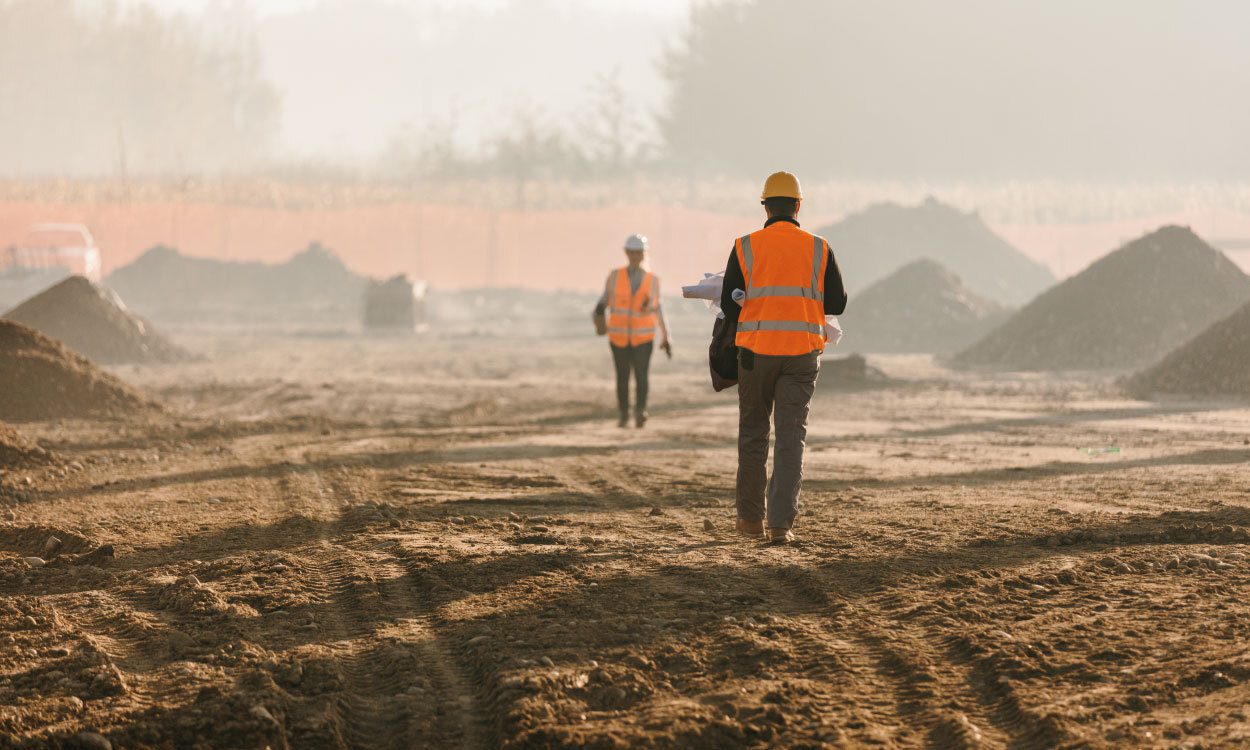

30 Jun 2025
How to Manage Subcontractors on a Site
Managing subcontractors effectively is one of the most crucial parts of running a successful construction project. Whether you’re overseeing a small refurbishment job or working on a large-scale build, knowing how to properly handle subcontractors on-site can make or break a project.
But managing subcontractors is not an easy task, which is why we’ve put together this handy blog where we’ll walk you through the key steps you can take to ensure you’re properly managing subcontractors on your site. As a leading CIS payroll company, the team here at Contractwise can help with all aspects of the Construction Industry Scheme, including payroll audits, helping protect contractors and subcontractors while also ensuring you remain CIS compliant.
Read on for more…
What is a subcontractor?
A subcontractor is a self-employed individual or business that is hired to carry out specific tasks as part of a wider construction project. They are not employees of the main contractor but are brought in to provide specialist skills or additional labour. Often, subcontractors work under a contractual agreement for a fixed period or until a portion of a project has been completed.
Examples of a subcontractor include:
Electricians
Plumbers
Bricklayers
Groundworkers
Plasterers
Carpenters
Joiners
Stone masons
Roofers
Painters and decorators
Why is it important to properly define employees and subcontractors?
Incorrectly classifying workers can result in serious legal and financial consequences for your firm, especially when it comes to HMRC and tax obligations under the Construction Industry Scheme (CIS).
HMRC has strict guidelines on who qualifies as a subcontractor. If you treat someone like an employee - setting their hours and controlling their work - but pay them as a subcontractor, you are at risk of HMRC reclassification.
This can lead to huge financial penalties for your business. Proper classification helps you avoid these fines and ensures your workers always receive the correct employment rights. The team here at Contratwise can assist with classifying workers correctly.
Why is subcontractor management important?
Managing subcontractors effectively is essential for several reasons:
Quality control: Subcontractors are usually specialists in their field, but their quality of work can vary. Effective management can ensure that no delays or safety hazards occur.
Health and safety compliance: The construction industry is one of the most dangerous in the UK. Poor subcontractor management can increase the risks of accidents, injuries and site shutdowns. You have a duty of care to ensure everyone on your site works safely and follows the proper procedures.
Legal and regulatory compliance: Failure to manage subcontractors correctly could result in breaches of employment law, health and safety regulations or tax compliance under CIS.
Project efficiency: Well-managed subcontractors understand their role as well as deadlines. This keeps the project running smoothly.
Financial control: Improperly managed subcontractors can cause unexpected expenses. Clear contracts and proper oversight will ensure you only pay for approved work.
How to manage subcontractors on a site
Let’s take a look at some practical steps you can take to manage subcontractors on your construction site:
Provide training on health and safety
Before a subcontractor starts working with you, ensure they have completed all the required health and safety training or inductions. Depending on the specifics of your site, this could include:
Risk assessments
Fire safety procedures
PPE requirements
Site-specific hazards
Emergency protocols
These measures help ensure that all workers are aware of potential risks and understand how to operate safely within your environment.
It is also worth checking that your subcontractors have up-to-date certifications or qualifications for their trade. This not only confirms their technical competence but also ensures they are compliant with relevant industry standards and legal obligations.
Ensure compliance with health and safety regulations
Providing any health and safety training is just the start. Ongoing health and safety management for the duration of the project is vital. This can include:
Routine site inspections
Enforcing PPE usage
Monitoring any risky behaviour
Investigating incidents
Consistent oversight helps identify potential hazards early and reinforces a culture of accountability. Keep a record of all safety activities, including inspections, observations, and any corrective actions taken.
Make sure subcontractors remain aware that complying with health and safety rules is not optional - it’s a condition of working on your site and essential for everyone’s wellbeing.
Effective communication
Communication is key when coordinating multiple trades and teams during a construction project. Set clear expectations from day one regarding:
Work schedules
Deadlines
Reporting
Check-ins or briefings
Site rules
Establishing these expectations early helps avoid confusion, reduce delays, and keep everyone aligned throughout the project.
You can also make use of project management software tools to help track progress, document updates, and facilitate real-time communication. These tools can be especially useful for identifying and resolving issues early, ensuring everything continues to run smoothly from start to finish.
Check documentation
Before allowing subcontractors on-site, it’s a good idea to gather and verify all the necessary documents. This can include:
Public liability insurance
CIS registration details
Contracts or agreements
Qualifications or certifications
Verifying this information helps protect your business from potential legal or financial risks and ensures that all subcontractors are properly vetted.
Make sure you keep copies of all documentation securely, ideally in a centralised system, and ensure they are easily accessible for any audits, inspections, or compliance checks that may arise during the project.
Use subcontractor management software
There are numerous software programmes out there that can help make managing your subcontractors easier. Typically, these systems will give you an overview of what subcontractors are working for you and their responsibilities, helping make it easier to manage them effectively.
This centralised visibility helps streamline communication, track performance, and ensure that responsibilities are clearly defined and met, making it much easier to manage subcontractors effectively across different phases of the project.
Monitor and review work
Throughout construction, you should monitor the quality and progress your subcontractor is making. By regularly checking in on their work, it will help with:
The project meets the required specifications
You can identify and resolve issues early
Get approval before payments are made
Maintain accountability throughout the project
Create a checklist or evaluation form to consistently assess the subcontractor’s performance. You can then use this to inform you of future decisions and to help maintain high standards across the project.
Final Thoughts
Managing subcontractors on a construction site involves more than just handing out jobs. From ensuring health and safety to staying compliant with HMRC and CIS, it takes proactive planning, good communication and meticulous documentation.
This is where Contractwise comes in.
We specialise in CIS payroll and compliance services that protect contractors and subcontractors across the UK. We can take care of everything, including:
Contracts
Payroll audits
Tax returns
IR35 protection
Supply chain due diligence
And much more
With Contractwise as your CIS partner, you can focus on building and growing your business - while we handle the paperwork and admin of your tax obligations. For more information on how we can help, contact our team today.